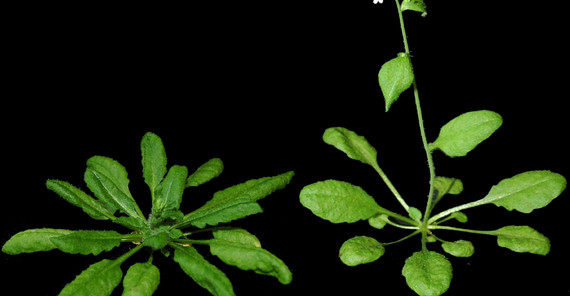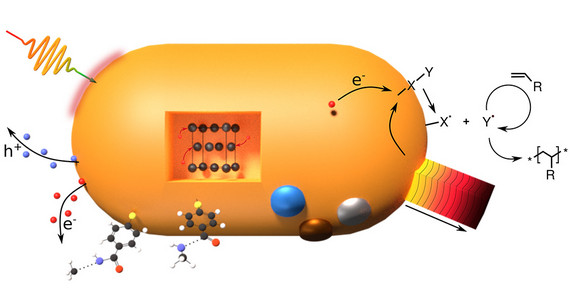The Collaborative Research Center 1636 “Elementary Processes of Light-Driven Reactions at Nanoscale Metals” is a joint initiative of the Institutes of Chemistry and of Physics and Astronomy at the University of Potsdam in close cooperation with non-university institutions and researchers at the Humboldt University Berlin. The scientific goal is to develop a comprehensive, fundamental microscopic understanding of the elementary processes that lead to light-driven chemical reactions on metals at the nanoscale. The light-driven chemistry of nano-metals is an emerging, interdisciplinary field of research. It is based on experimental and theoretical principles from the fields of nano-optics, condensed matter physics as well as physical, organic, and inorganic chemistry. The vision is to use light to drive chemical reactions on metals at the nanoscale, to make them more efficient and, in the long term, to enable them to be powered by sunlight. “First, we want to understand the fundamental processes that focus light energy on molecular length scales and selectively drive chemical reactions. There are still many unanswered questions at this fascinating intersection between physics and chemistry and we can already apply our concepts to organic coupling reactions and polymerizations, e.g. to functionalize nanoparticles asymmetrically,” says Prof. Dr. Matias Bargheer, spokesperson of CRC 1636 together with Prof. Dr. Ilko Bald.
CRC 1636 consists of twelve scientific sub-projects, one research training group, and four centralized projects that support the researchers with chemical syntheses, optical technologies, science communication, and administration. Of the 27 applicants, 19 work at the Institute of Chemistry and the Institute of Physics and Astronomy at the University of Potsdam. Other participating institutions include the Helmholtz Center Berlin, the Fraunhofer Institute for Applied Polymer Research IAP, the Berlin University of Applied Sciences, the German Electron Synchrotron DESY, and the Humboldt University Berlin.
Phenotypic plasticity is the ability of organisms to develop different appearances depending on environmental conditions. Plants, for example, react to their environment and can develop in different ways despite having the same genetic make-up. The Collaborative Research Center 1644 “Phenotypic Plasticity in Plants” pursues an interdisciplinary research program to understand what plasticity is based on at the molecular level, how it changes during evolution, and what limits the extent of plasticity. “We are using the observation that the extent of plasticity itself differs hereditarily between individuals of a species,” says Prof. Dr. Michael Lenhard, spokesperson of CRC 1644. “This allows us to determine which genetic differences between individuals cause their different environmental responses.” If the responsible genes are identified, the environmental response of crops can be adapted in the long term so that they deliver high yields even under changing environmental conditions.
CRC 1644 consists of 17 scientific sub-projects, a synthesis project, and a centralized administration project. Of the 20 applicants, twelve are from the University of Potsdam’s Institute of Biochemistry and Biology, while the Max Planck Institute of Molecular Plant Physiology, the Humboldt University Berlin, the University of Cologne, the Hasso Plattner Institute, and the Leibniz Institute of Vegetable and Ornamental Crops are also involved.
Further information:
CRC 1636: https://www.uni-potsdam.de/en/sfb1636
Contact:
CRC 1636: “Elementary Processes of Light-Driven Reactions at Nanoscale Metals”
Prof. Dr. Matias Bargheer, Ultrafast Dynamics in Condensed Matter, Institute of Physics and Astronomy
Phone: +49 331 977-4272
E-mail: matias.bargheeruuni-potsdampde
CRC 1644: “Phenotypic plasticity in plants”
Prof. Dr. Michael Lenhard, Genetics, Institute of Biochemistry and Biology
Phone: +49 331 977-5580
E-mail: michael.lenharduuni-potsdampde
Media information 24-11-2023 / No. 122


